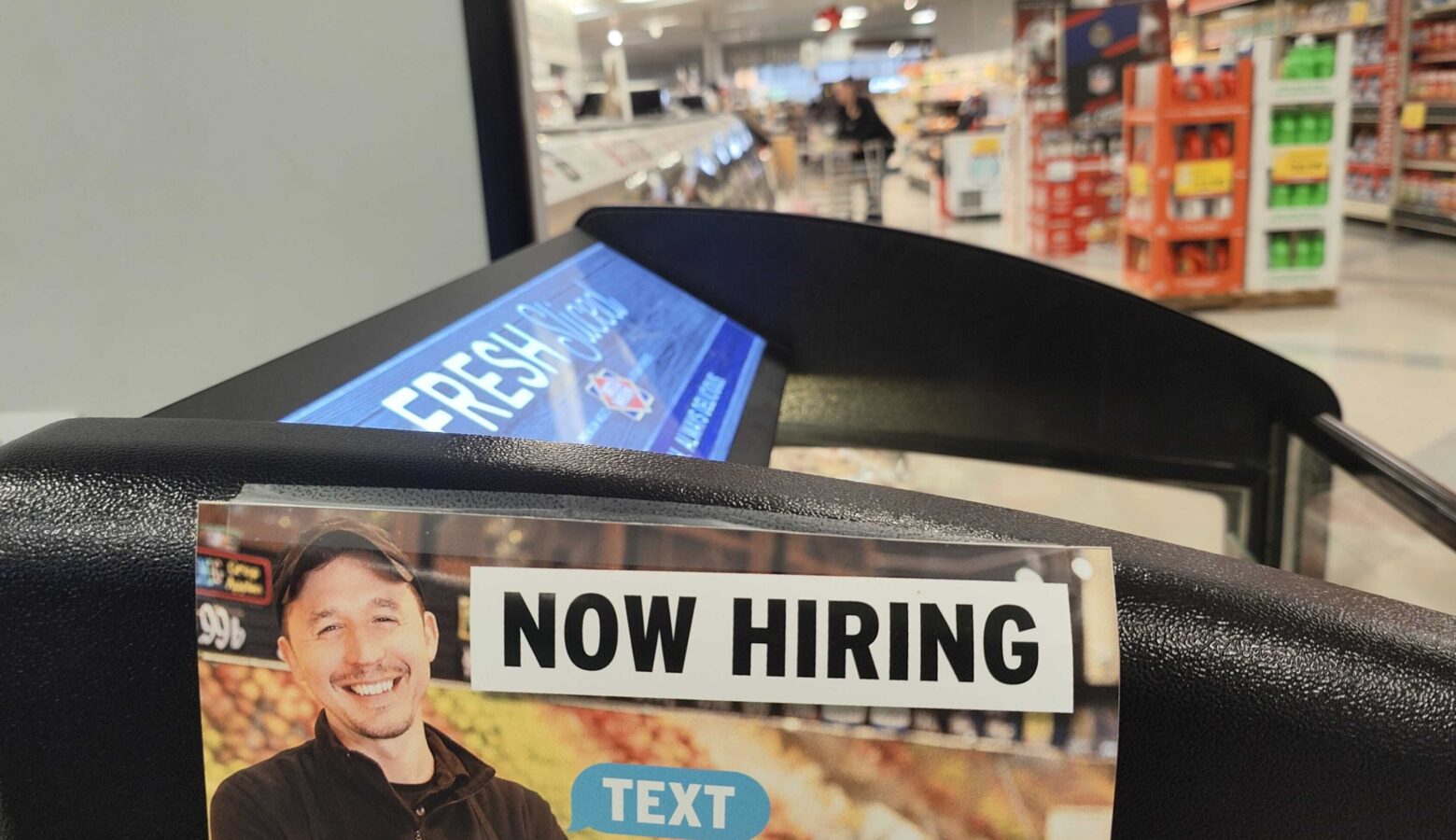Job openings drop, layoffs rise in August as Indiana businesses brace for rising interest rates

Federal efforts to bring down inflation may be starting to cool Indiana’s labor market, bringing more layoffs and fewer job openings.
New preliminary federal estimates for August suggest 84,000 Hoosiers quit their jobs in August. Quits are a key indicator, experts say, of the market giving people room to trade up in terms of salary or benefits by changing jobs.
The preliminary estimates for August put the total number of quits below every other month in 2022. However, it remains above the average and median monthly quit totals for the last decade.
State-level estimates from the Bureau of Labor Statistics’ Job Openings and Labor Turnover Survey were released Tuesday. State JOLTS numbers come out two months after the fact, not one like BLS’ employment data. And each release provides a preliminary number that is revised the month after.
Along with the reduced number of quits, the data also shows fewer people got new jobs and the number of job openings dropped dramatically compared to the rest of the monthly 2022 data.
“If the job offerings decline, then many workers will postpone the decision to change employers,” said Zafar Nazarov, Purdue Fort Wayne professor of economics and finance.
This is likely a sign employers are tightening their belts as the Federal Reserve raises loan interest rates to fight inflation, Nazarov explained.
“The interest rate has a widespread impact on the economy,” he said. “The [cost of] purchasing products for the employers will increase, but also they anticipate that since the interest rate will increase the spending demand of the consumers will drop.”
So companies start downsizing, slowing production, freezing hiring and potentially laying people off, he said. More than 30,000 people were laid off or otherwise let go by their employers in August, according to federal estimates, the largest total loss since December 2021.
More layoffs are already on the horizon, according to Indiana’s Worker Adjustment and Retraining Notification (WARN) Notices. Ascension Health plans to lay off more than 100 workers across 10 facilities, including a hospital in Bedford by mid-December. Door manufacturer Masonite plans to cut 33 percent of the jobs at its Walkerton facility, citing “changing business needs in the region.”
The effect kind of “snowballs” from there, he said. Consumers spending and borrowing less reduces employers’ willingness or ability to hire and keep employees. In turn, more people not getting hired or getting laid off reduces consumer spending.
“The implication of the aggressive increasing interest rate regime is that [the] workforce will be shrinking, sometimes fast, sometimes slowly,” he said.
Federal Reserve Chair Jerome Powell agrees. During his closing remarks at an August economic policy symposium in Jackson Hole, Wyoming, Powell laid out how the Fed’s effort to “forcefully” bring down inflation would affect labor markets.
“The burdens of high inflation fall heaviest on those who are least able to bear them,” he said. “Reducing inflation is likely to require a sustained period of below-trend growth. Moreover, there will very likely be some softening of labor market conditions. While higher interest rates, slower growth and softer labor market conditions will bring down inflation, they will also bring some pain to households and businesses. These are the unfortunate costs of reducing inflation.”
Still, August’s preliminary estimates suggest the labor market has remained tight. Total employment in Indiana broke records for the decade that month. It also had a 2.8 percent unemployment rate, near record lows for the last decade.
Tuesday’s data release also shows August had about six job seekers for every 10 job openings. That ratio is more in line with the national estimate, whereas July and previous months were below that at three or four seekers per 10 openings.
Join the conversation and sign up for the Indiana Two-Way. Text “Indiana” to 73224. Your comments and questions in response to our weekly text help us find the answers you need on statewide issues.
The state’s Department of Workforce Development recently announced a new effort to help businesses fill those openings with a $10.8 million federal grant. The agency said it will partner with the Indiana Chamber of Commerce and others “to develop a comprehensive outreach strategy” that will help employers connect with “dislocated workers,” people who’ve been disconnected from the labor force due to the economic impacts of the pandemic.
The state plans to target “high-demand recovering sectors, and in emerging sectors such as renewable energy, electric vehicle technologies and semiconductor production.”
Nazarov recommended workers in industries likely to be hit hardest with cutbacks, like food service, look toward getting credentials or training for more “high skilled” jobs that will help them compete better as the number of jobs shrink.
“We encourage workers to work,” he said. “But at the same time we are writing policies which actually encourage employers to lay off more workers. So what happens to those workers who because of the policies of the Federal Reserve lost their jobs?”
The “social safety net” provided by programs like unemployment benefits and food stamps help soften the blow, Nazarov said, but can also be difficult to access for the most vulnerable workers.
Contact reporter Adam at arayes@wvpe.org or follow him on Twitter at @arayesIPB.

